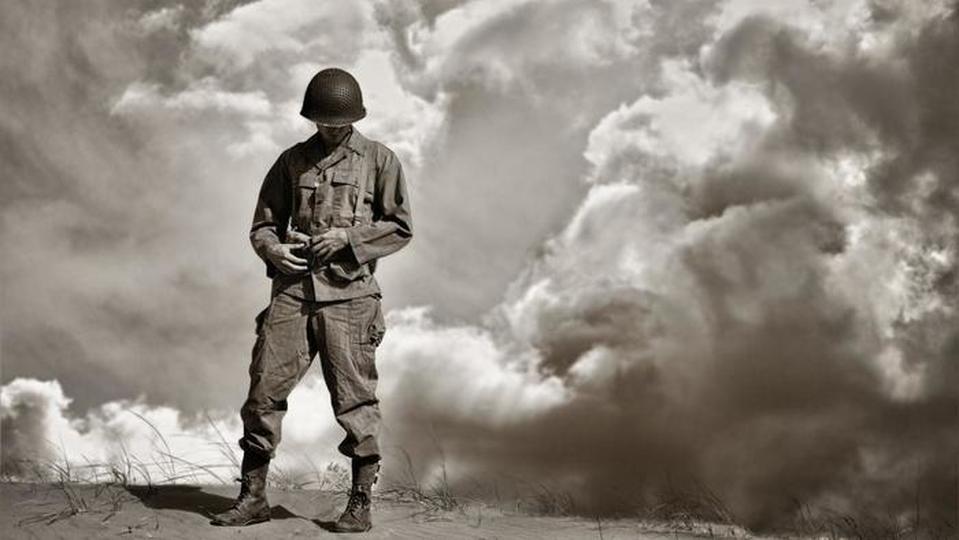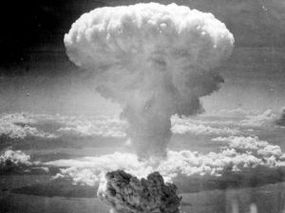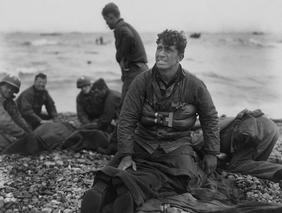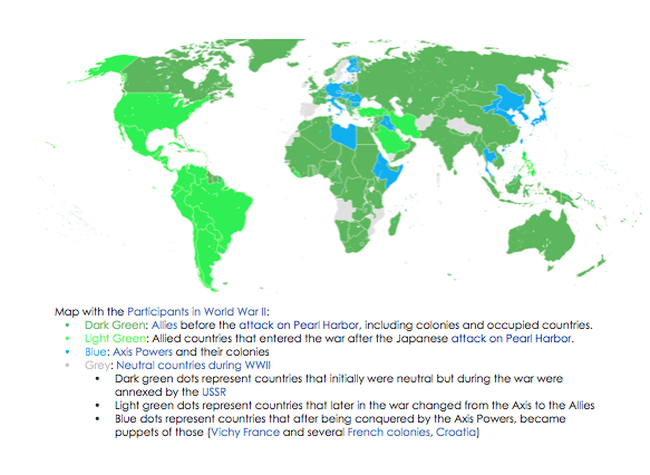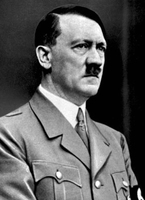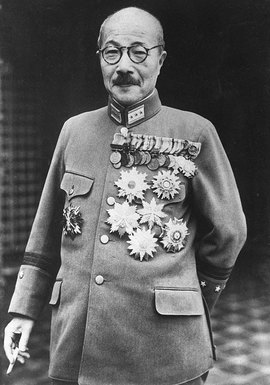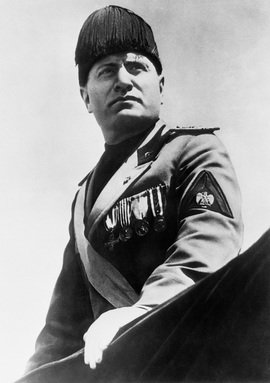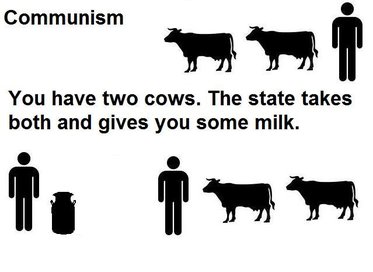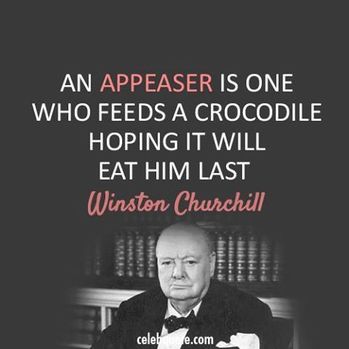THE CAUSES OF WORLD WAR II
FAST TRACK LESSON
The Peace of Paris
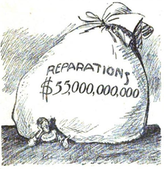
The Treaty of Versailles ending World War I was a major cause of World War II. Germany felt that the war reparations (money and land) that it was forced to pay were too severe. Germany also did not want to admit responsibility for starting World War I. As victors, Italy and Japan felt they did not receive enough land. In addition, Japan was insulted by the Europeans’ unwillingness to accept the equality of all races.
The Great Depression
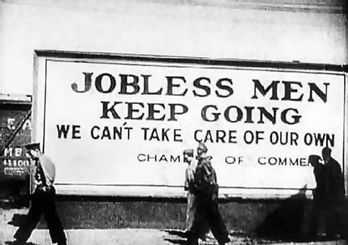
The Great Depression began in the United States in 1929 and rapidly spread throughout the world, throwing the economies of all nations into chaos. Many people were out of work or could get only occasional jobs. Most countries did not have provisions to care for the unemployed, and millions of people became victims of poverty. Looking for leaders who would solve their financial woes and offer them a better life, people often became followers of radical political and economic movements.
Fascism and Communism
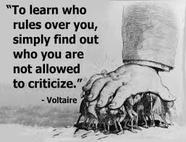
In the Western world two major political forces fed on people’s misery. Fascism was a political movement that was strongly nationalistic and favored a powerful central government ruled by a dictator. People in Germany and Italy accepted fascism as a solution to their problems.
|
Communism was a political doctrine which called for a revolution of the common, working-class people and the establishment of a strong government which did not allow private ownership of businesses or property. Communism, like fascism, imposed strict control over every aspect of people’s lives. After the Russian Revolution of 1917, this form of government came to power in Russia, which was renamed the Soviet Union (Union of Soviet Socialist Republics or U.S.S.R.).
These two political factions—fascism and communism—clashed violently in many countries and were fiercely debated even in the United States. The Spanish Civil War from 1936 to 1939 was a major battleground between these forces. The Spanish fascists ultimately won in 1939.
|
Appeasement and Military Weakness
|
Another major cause of the Second World War was appeasement, the failure of the major powers to firmly and effectively halt the aggression of the Axis powers before the war. When Germany invaded Austria in 1938, the major powers merely accepted Hitler’s control of that country. They agreed to Germany’s takeover of the Sudetenland, an area of western Czechoslovakia with many German-speaking people, and then did nothing when Hitler invaded the rest of Czechoslovakia. The major powers did not stand up to Mussolini or the Japanese warlords either.
France, Poland, and most other countries— including the United States—did not have a strong, modern army and navy to counteract the massive military build-up in Germany and Japan. The Axis powers were armed and ready for war, but the Allied powers had few troops, out-of-date weapons and tactics, and ill-equipped soldiers.
|
The War Begins
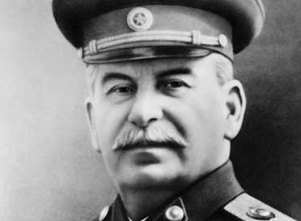 Joseph Stalin
Joseph Stalin
World War II officially began on September 1, 1939, when Germany invaded Poland. The governments of France and Great Britain honored treaty obligations and went to war in defense of Poland. Joseph Stalin, the dictator of the Soviet Union, and Hitler had signed a nonaggression pact. In the same month that Hitler invaded Poland from the West, Stalin’s troops invaded Poland from the east. They divided the country between themselves. The Soviets then invaded Finland.
Germany Invades the West
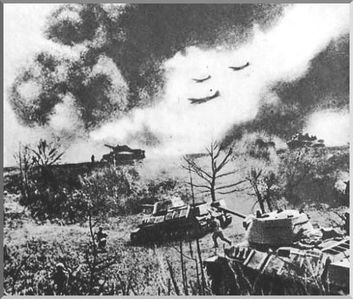
In April 1940, German troops invaded Denmark and Norway. Neither of these countries was strong enough to offer much resistance. German divisions used their system of war called a blitzkrieg, or “lightning war.” Massive numbers of German tanks and bombers overran and crippled military defenses in Denmark and Norway. Well-armed and highly-trained infantry troops then quickly destroyed any remaining opposition. In May, Germany invaded and conquered Belgium, the Netherlands, and most of France. From July through October of that year, Germany planned to invade and conquer England. German aircraft bombed British airfields, naval stations, and cities. Eventually, Hitler turned his attention east.
ANSWER IT!

Step 3: Answer the questions about the causes of World War II by clicking on the icon to the right. Use the reading to answer the questions. When you are done submit your answers.
MISSION ACCOMPLISHED!

You have completed the Causes of World War II Fast Track Lesson.
